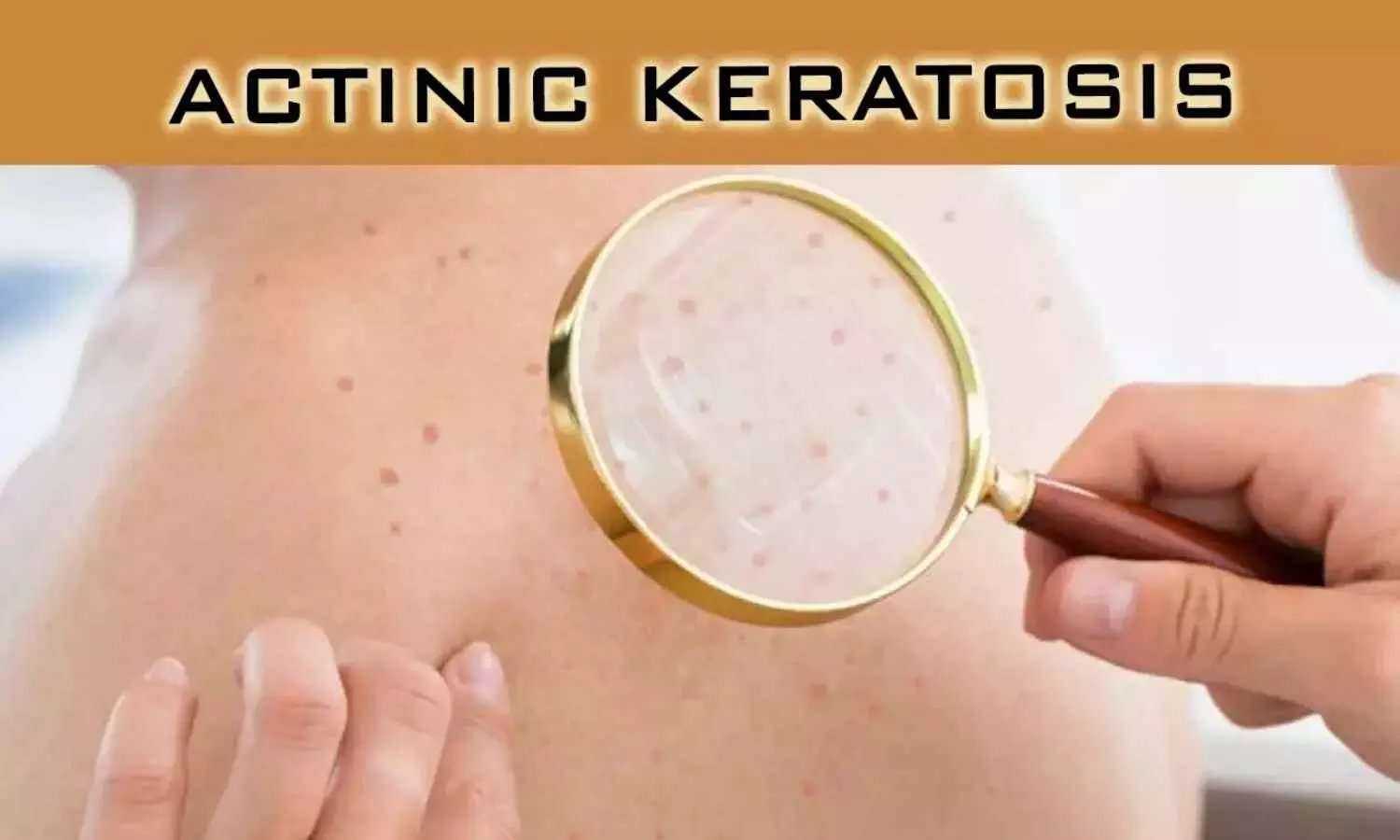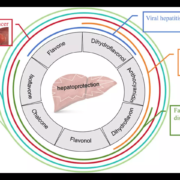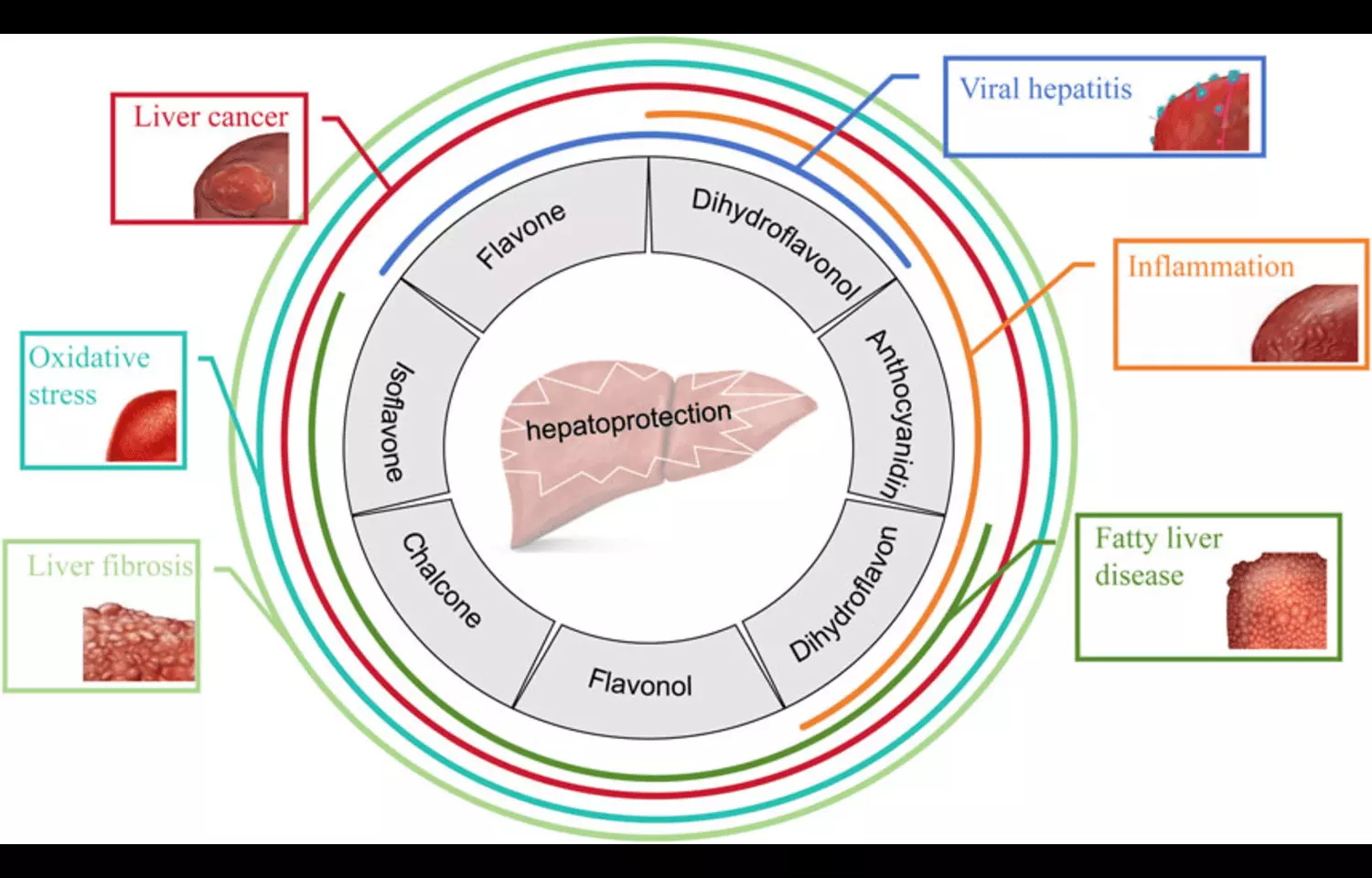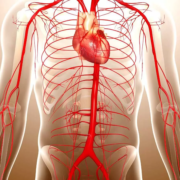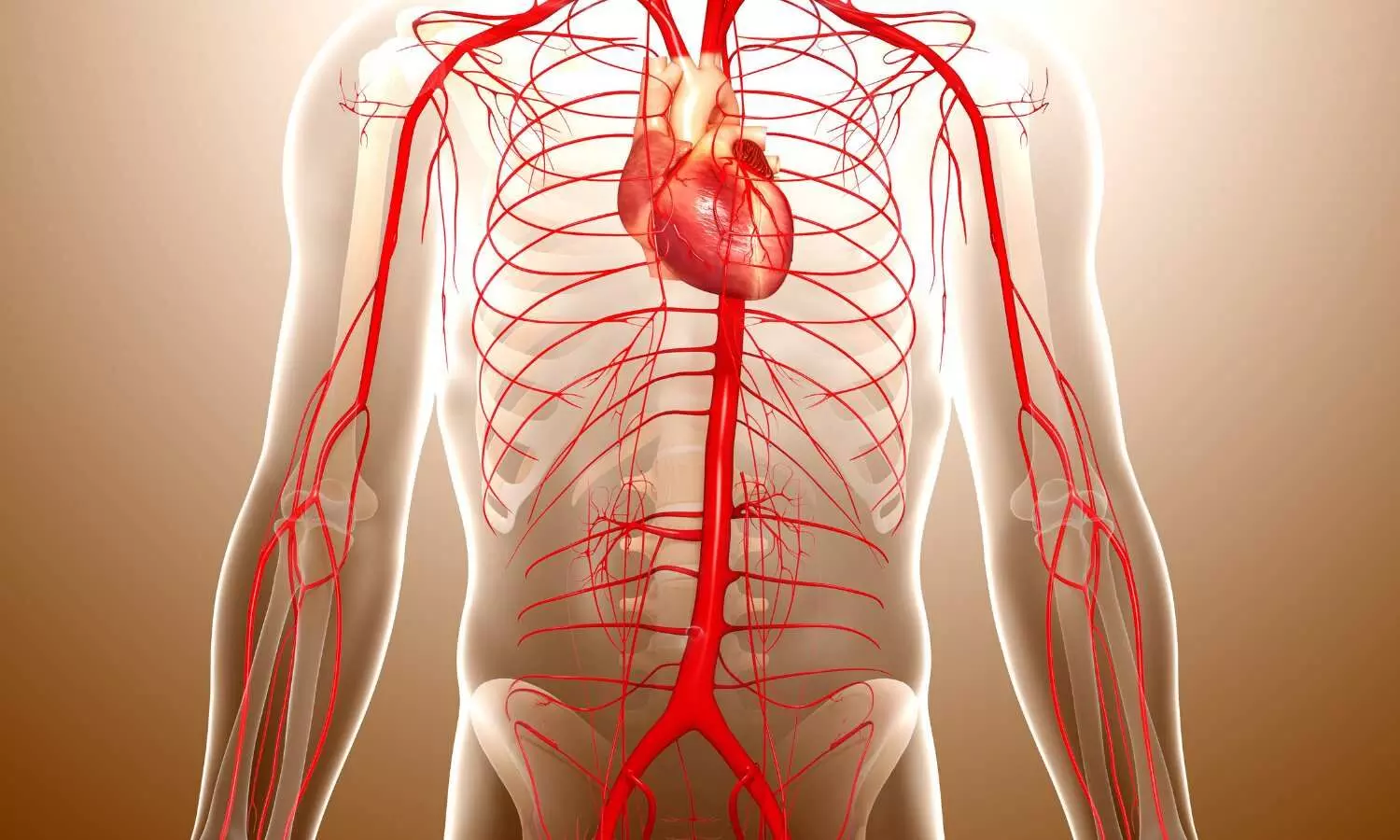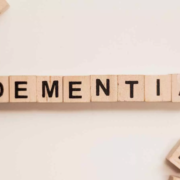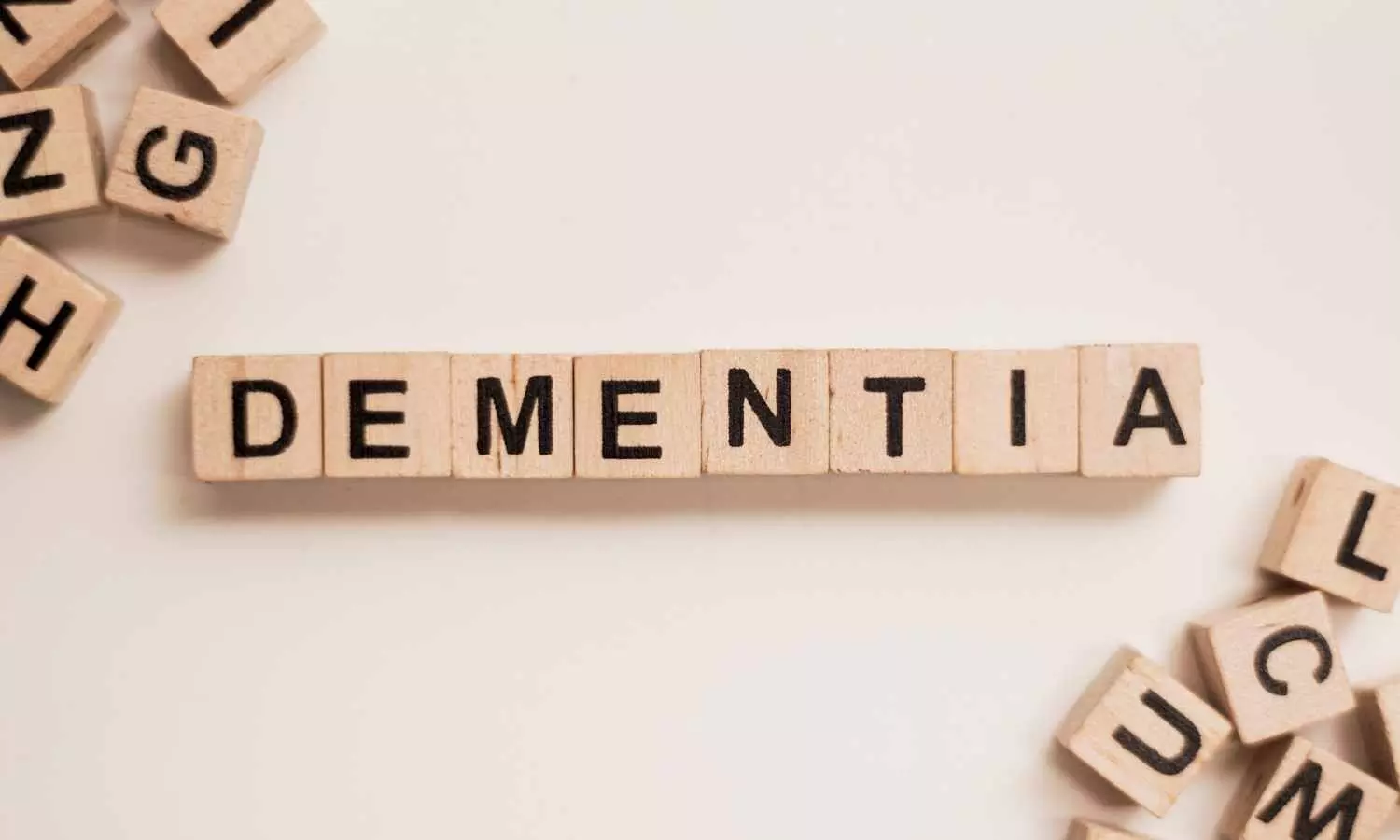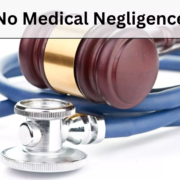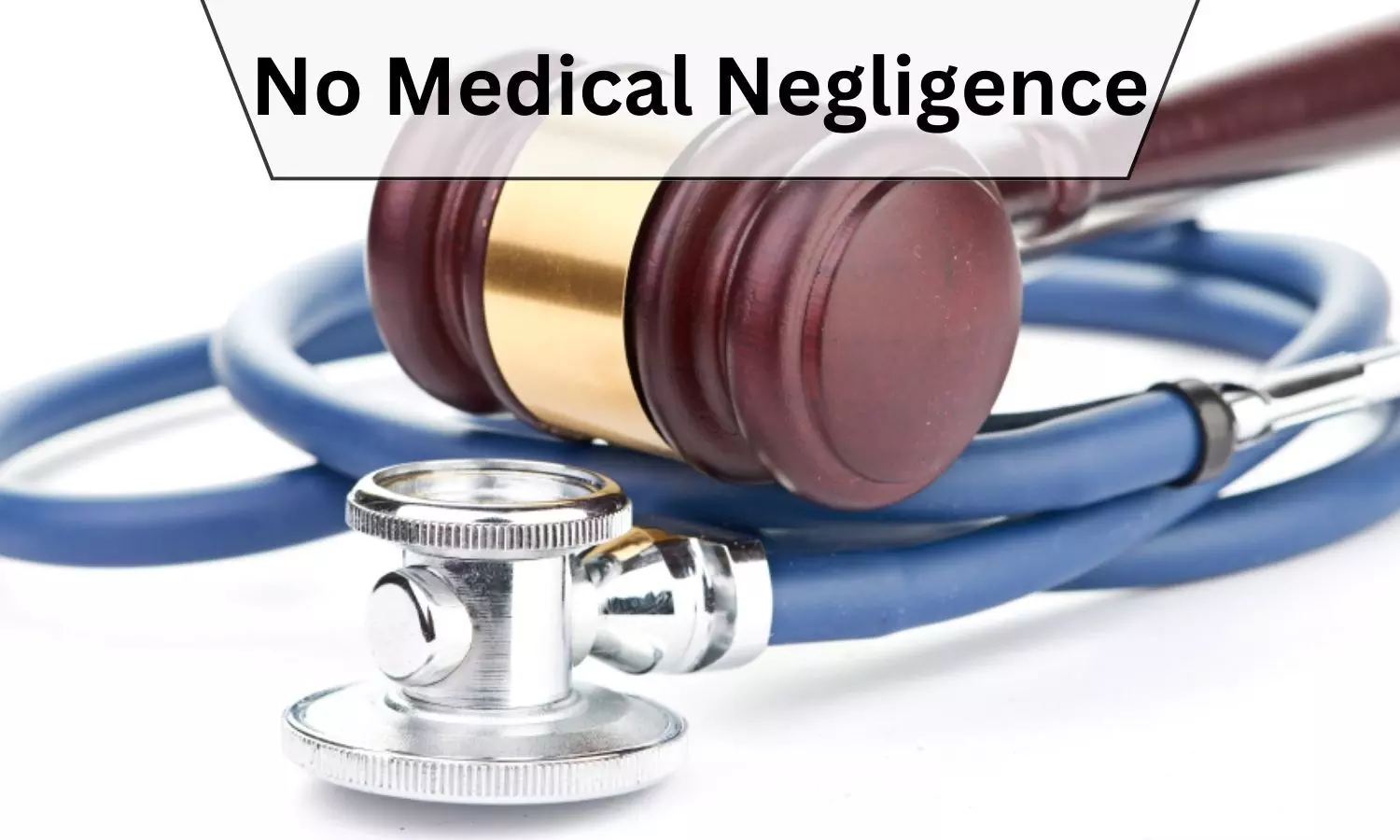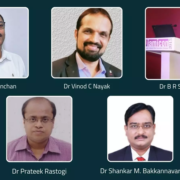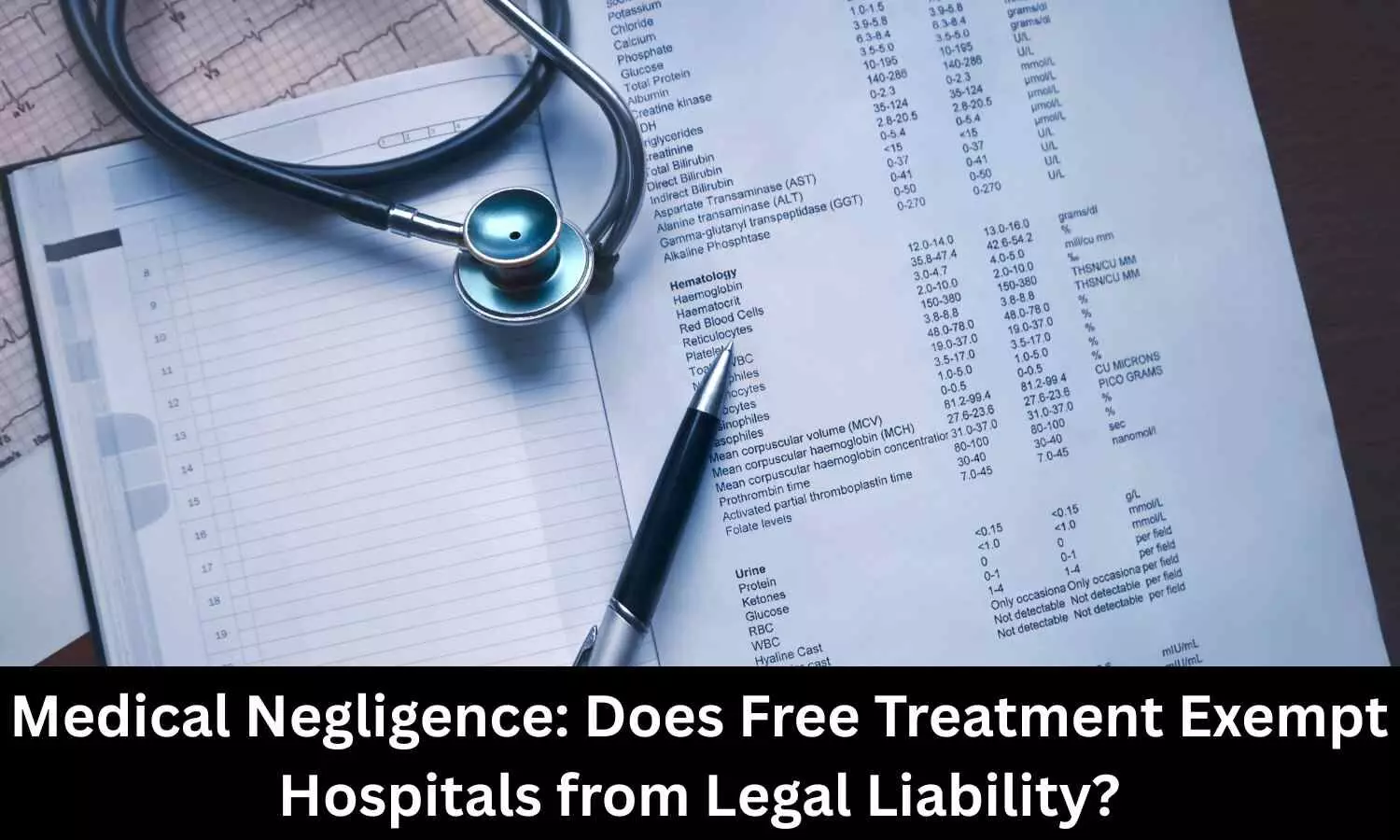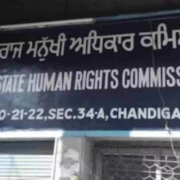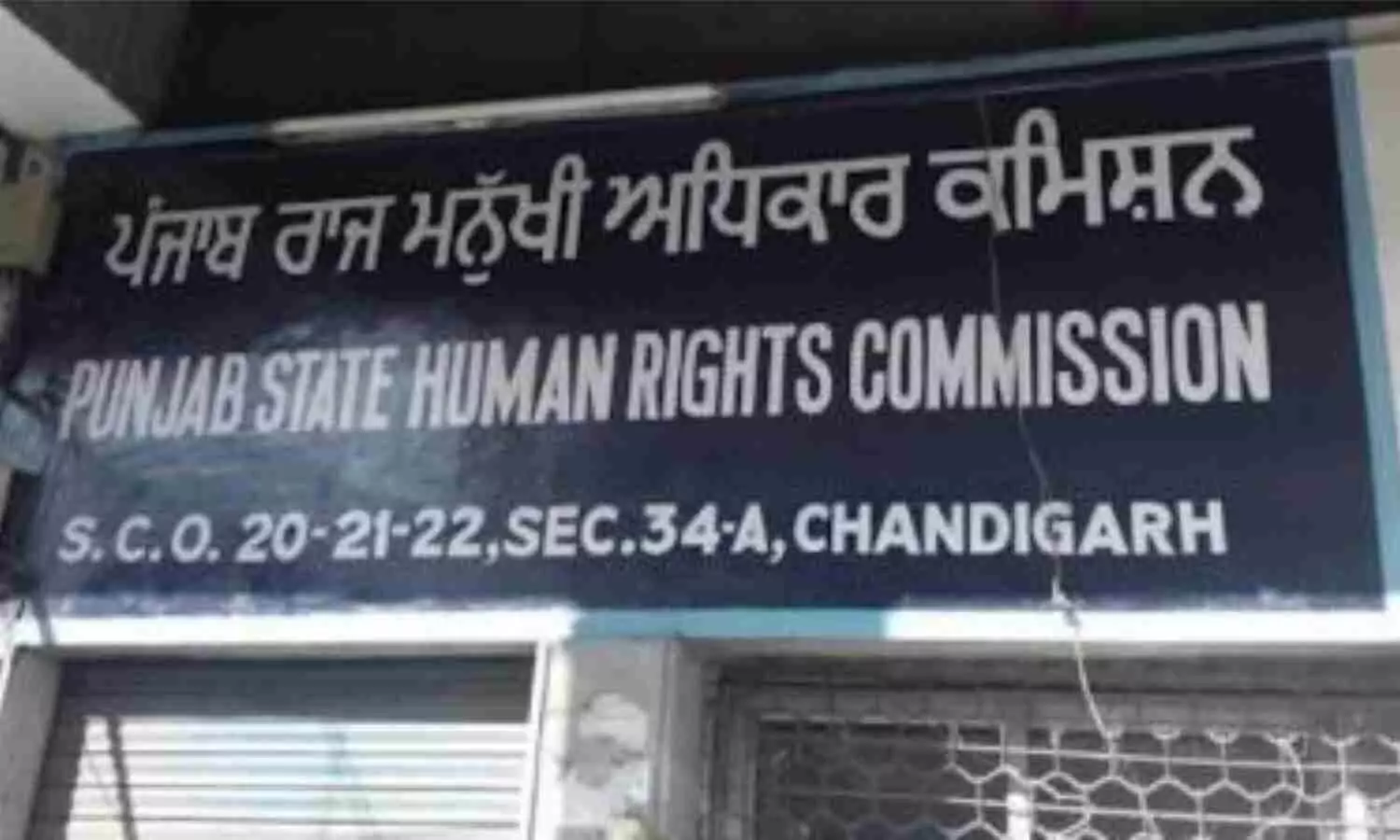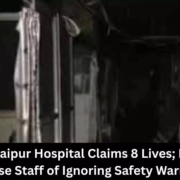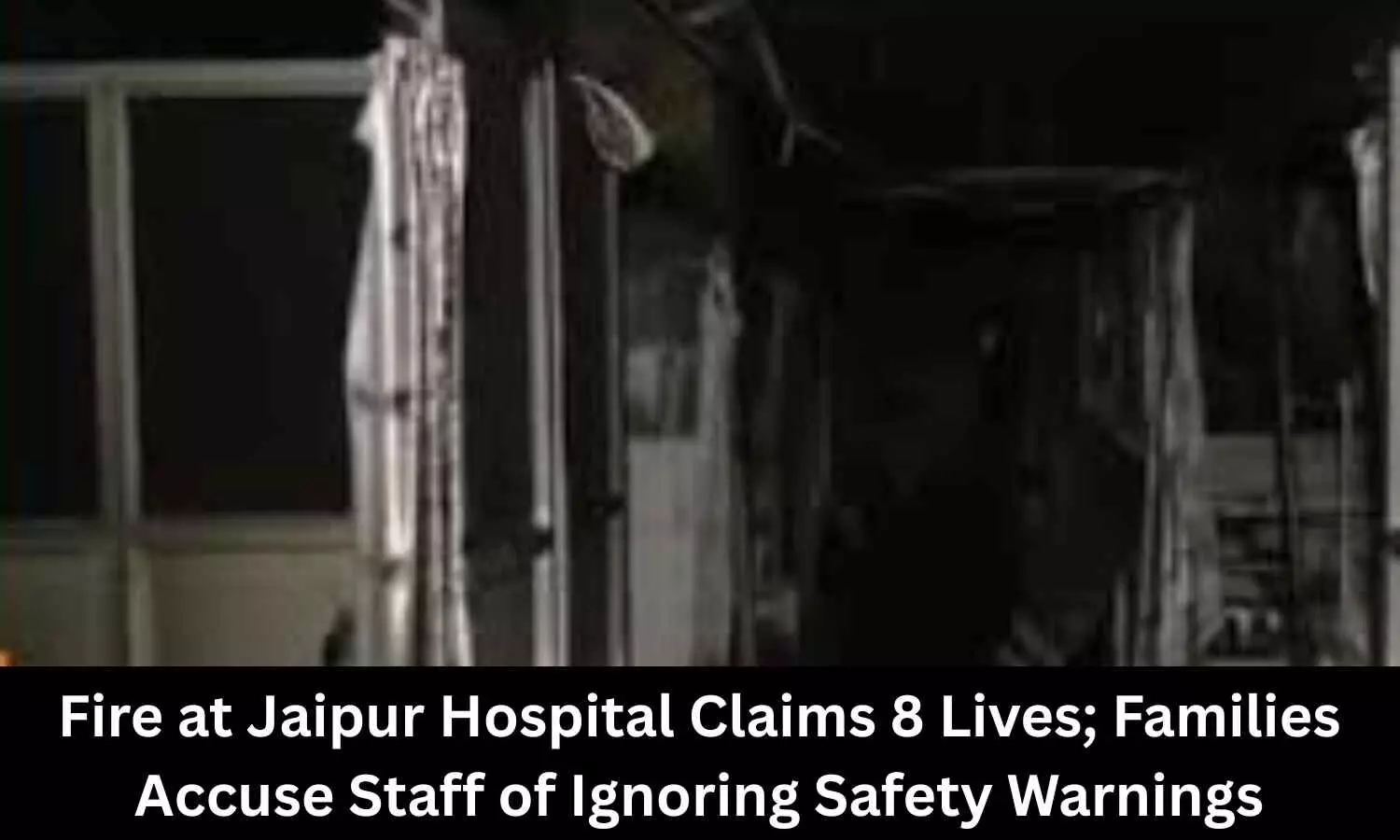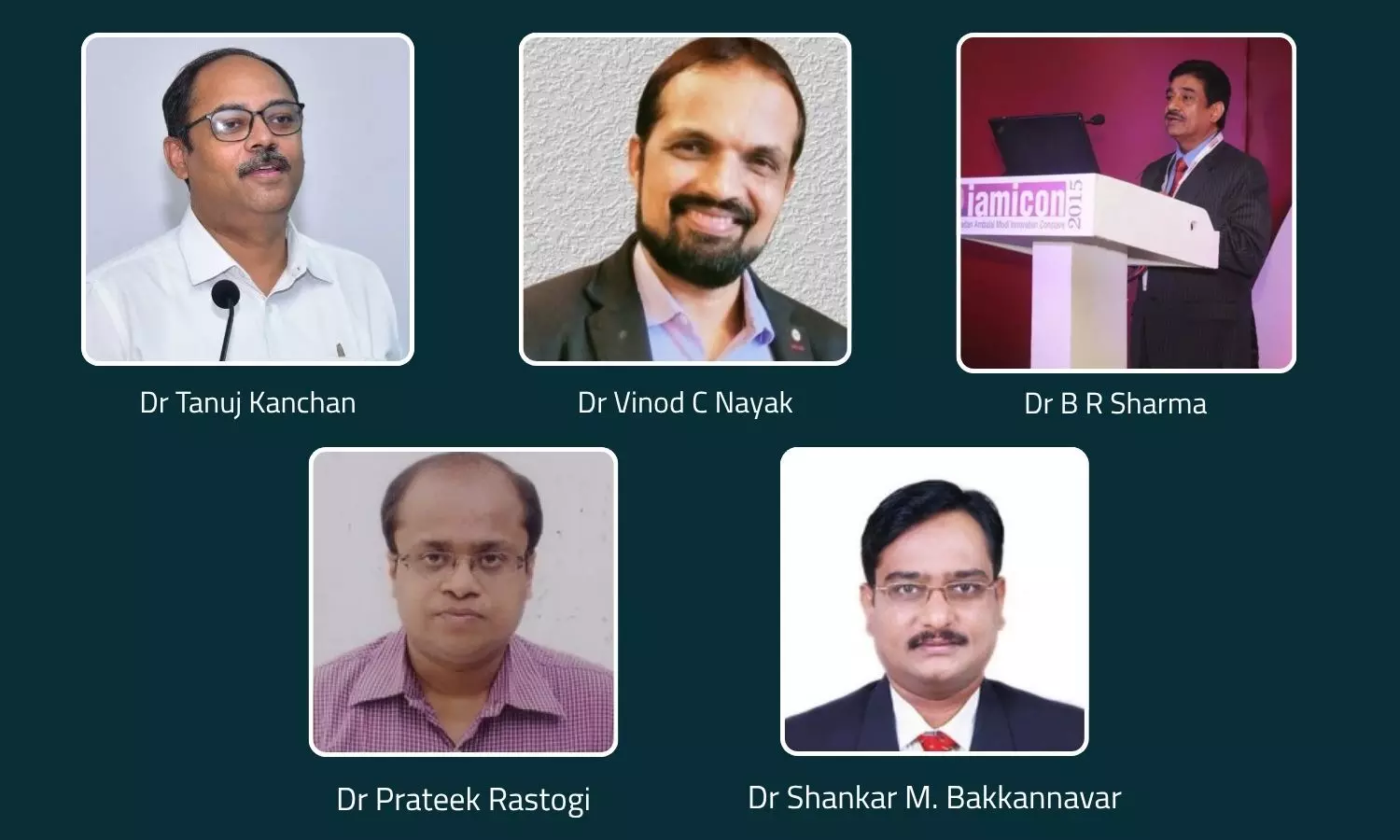
New Delhi: A total of 13 renowned forensic medicine doctors and scientists from leading health and medical institutes have been recognised among the Stanford world’s top 2% of scientists in the prestigious database curated by Professor John P.A. Ioannidis of Stanford University, in collaboration with the Elsevier Data Repository.
Inclusion in Stanford University’s top 2% list of scientists acknowledges the pioneering research, clinical achievements, and sustained contributions of these doctors and scientists to the field of forensic medicine.
Stanford University’s 2025 database of the top-cited scientists provides standardised information on citations, h-index, co-authorship-adjusted h-index, citations to papers in different authorship positions, and a composite indicator (c-score). The selection is based on the top 100,000 scientists, ranked by c-score (with and without self-citations), or a percentile rank of 2% or higher in the sub-field.
Below are the details of Forensic Medicine doctors and scientists featured in Stanford University’s list for 2025:
1. Dr Tanuj Kanchan
Dr. Tanuj Kanchan is a distinguished professional in the field of Forensic Medicine with over two decades of academic and clinical experience. He currently serves as the Vice President (Central Zone) of the Indian Academy of Forensic Medicine, a position he has held since February 2025. Dr. Kanchan’s tenure at All India Institute of Medical Sciences (AIIMS), Jodhpur, spans over nine years, where he has held key roles such as Dean of Research, Head of the Department, and Professor.
Prior to his current role at AIIMS, he served as the Editor-in-Chief for the Indian Academy of Forensic Medicine from 2019 to 2022. Additionally, Dr. Kanchan has a long history of academic contributions, having been an Associate and Assistant Professor at Kasturba Medical College, Mangalore, for over a decade.
Dr. Tanuj Kanchan’s educational journey includes an MBBS degree from Ravindra Nath Tagore Medical College, Udaipur (1993-1998), followed by a Diploma in Forensic Medicine (DFM) from SMS Medical College, India (2000-2002). He then pursued a Doctor of Medicine (MD) in Forensic Medicine from Kasturba Medical College, Manipal (2003-2006). With this solid academic foundation in both general medicine and forensic science, Dr. Kanchan has developed a well-rounded and specialized expertise in the medical field.
As per Stanford University’s list of 2025, Dr. Tanuj Kanchan has been recognised as one of the top 2% scientists across the world. He holds a rank of 30,530 in the list based on the composite score excluding self-citations. By the end of 2024, his h-index, excluding self-citations, stands at 27, with altogether 13,658 citations for 2024 (excluding self-citations).
2. Dr Vinod C Nayak
With over two decades of experience, Dr. Vinod Nayak is currently serving as a Professor in the Department of Forensic Medicine and Toxicology at Kasturba Medical College (KMC).
He earned his MD in Forensic Medicine and Toxicology from Kasturba Medical College, Manipal, in 2005, following his MBBS from KMC Mangalore. He is currently pursuing an MBA in Hospital and Healthcare Facilities Administration from JSS Academy of Higher Education & Research.
Dr Vinod C Nayak has been recognised as one of the top 2% scientists across the world, as per Stanford University’s list of 2025. He holds a rank of 4,02,732 in the list based on the composite score excluding self-citations. By the end of 2024, his h-index, excluding self-citations, stands at 22, with altogether 11,312 citations for 2024 (excluding self-citations).
3. Dr B R Sharma
Holding both MBBS and MD degrees, Dr B R Sharma built a distinguished career in medical education, hospital administration, and research. He has served as a Professor and Head of Faculty at Santosh Hospitals, contributing significantly to the academic and clinical development of the institution.
Dr. Sharma also served as Dean of Research at Santosh University between December 2011 and January 2015.
As per the Stanford Top 2% Scientists list for 2025, he has been ranked 4,80,573 based on the composite score excluding self-citations. By the end of 2024, his h-index (excluding self-citations) stands at 5, with a total of 68 citations in 2024 alone, also excluding self-citations.
4. Dr. Prateek Rastogi
Dr. Prateek Rastogi is a distinguished academic and medico-legal expert serving as Professor in the Department of Forensic Medicine at Manipal Academy of Higher Education (MAHE), Mangalore.
A graduate of Kasturba Medical College, Mangalore, Dr. Rastogi completed his MBBS in 2002 and earned his MD in Forensic Medicine from KMC Manipal in 2005. He also holds postgraduate diplomas in Medical Law & Ethics (NLSIU, Bangalore), Criminology & Forensic Science (Annamalai University), and Cyber Law (Asian School of Cyber Laws, Pune).
Dr. Rastogi plays a vital role in academic governance and quality assurance. He is a member of the Board of Studies for the Faculty of Medicine (Paraclinical BoS – UG & MD/MSc) at Kasturba Medical College since February 2014, and has been an Internal Quality Auditor at the Mangalore campus since August 2013. His contributions extend to institutional development as a core member of the Integrated Management System (IMS) and the Quality and Compliance Cell. Additionally, he has been actively involved in medical education as a faculty member of the Medical Education Unit since April 2011.
Dr. Rastogi has been recognised as one of the top 2% scientists across the world, as per Stanford University’s list of 2025. He holds a rank of 4,85,421 in the list based on the composite score excluding self-citations. By the end of 2024, his h-index, excluding self-citations, stands at 11.
5. Dr. Shankar M. Bakkannavar
Dr. Shankar M. Bakkannavar, a senior faculty member at Kasturba Medical College, Manipal, is a seasoned academician and practitioner in the field of Forensic Medicine, with over 19 years of experience.
He began his academic career as a Tutor in 2006, progressing to Assistant Professor in 2009, Associate Professor in 2013, and has been a Professor since November 2024. Prior to this, he worked as a Senior Resident in the Department of Medicine at SNMC, Bagalkot, from 2002 to 2006
Dr. Bakkannavar began his educational journey in Rabkavi, studying at KBMPS (Pre-High School) and MV Pattan High School, completing his SSLC in 1993. He pursued his medical degree at Al-Ameen Medical College, laying the foundation for his career in forensic medicine.
In 2020, Dr. Bakkannavar completed the Online Course on Research Ethics Committees offered by St. John’s University.
Dr. Shankar M. Bakkannavar has been ranked among the Top 2% Scientists in the World for 2025 by Stanford University in collaboration with Elsevier. He holds a rank of 5,98,749 based on the composite score excluding self-citations. By the end of 2024, his h-index, excluding self-citations, stands at 16, with altogether 6971 citations for 2024 (excluding self-citations).
6. Dr Ashith Acharya
Dr. Ashith B. Acharya is a pioneering figure in forensic odontology in India, with nearly two decades of dedicated service to the field. Currently serving as Professor and Head of the Department of Forensic Odontology at SDM College of Dental Sciences & Hospital, he leads the country’s first exclusive department of forensic dentistry.
A graduate of SDM College of Dental Sciences, Dr. Acharya pursued advanced training in forensic odontology from the University of Adelaide, Australia, in 2001. He began his professional journey in Nepal at the B.P. Koirala Institute of Health Sciences, where he established South Asia’s first dedicated forensic odontology department. Upon returning to India in 2005, he continued to shape and expand the field, becoming one of only two government-certified forensic odontologists in the country.
In January 2016, Dr Ashith Acharya was awarded a Certificate of Outstanding Contribution in Reviewing by the editors of the journal Archives of Oral Biology, published by Elsevier (Amsterdam, Netherlands).
Dr Ashith Acharya has consistently featured among the top 2% of scientists globally, as identified by Stanford University, for five consecutive years (2020–2024). According to the 2025 edition of the Stanford Top 2% Scientists list, he is ranked 2,62,331 based on a composite citation score that excludes self-citations. By the end of 2024, his h-index, also excluding self-citations, stands at 6, with a total of 119 citations in 2024 alone.
7. Dr Tahir UL Gani Mir
Dr Tahir UL Gani Mir is currently serving as an Assistant Scientific Officer (Chemistry and Toxicology) at the State Forensic Science Laboratory (Jammu & Kashmir).
Dr Tahir UL Gani Mir has worked as an Assistant Scientific Officer in Chemistry and Toxicology at the State Forensic Science Laboratory, Jammu & Kashmir. He holds certifications from the National Forensic Sciences University, including J&K FACT-2023 and FACT-2022, and has completed training in cybersecurity, document examination, and various forensic science courses through Coursera, demonstrating a strong commitment to professional development in forensic science.
For his research, Dr Tahir UL Gani Mir has been recognised as one of the top 2% scientists across the world, as per Stanford University’s list of 2025. He holds a rank of 7,50,145 in the list based on the composite score excluding self-citations.
8. Prof. (Dr.) Amarnath Mishra
Currently serving as an Associate Professor at Amity University, Noida, Prof. (Dr.) Amarnath Mishra plays a pivotal role in academic leadership, research supervision, and quality assurance.
In addition to his academic roles, Dr. Mishra is a NABL Technical Assessor for ISO/IEC. He has served as a Senior Forensic Expert and Medico-legal Consultant to Indian courts under the Bharatiya Sakshya Adhiniyam 2023.
He holds a PhD in Forensic Science, specializing in Forensic Chemistry and Toxicology from Sam Higginbottom University, an M.Phil. in Forensic Biochemistry, and a Master of Laws (LLM) with a focus on Criminal Laws, IPR, Cyber Law, and Evidence Act from Kurukshetra University.
Recognized globally for his contributions, Dr. Mishra was ranked among the Top 2% Scientists in the World for 2025 by Stanford University in collaboration with Elsevier. According to the list, he holds a rank of 7,73,050 based on the composite score excluding self-citations.
9. Dr Sweety Sharma
Dr. Sweety Sharma is currently working as an Assistant Professor at the National Forensic Sciences University, Delhi Campus.
Dr. Sweety Sharma possesses expertise in forensic body fluids analysis, ATR (Attenuated Total Reflectance), chemometrics, applied microbiology, and FTIR analysis. She is skilled in haematological analysis, ELISA, blood banking, blood grouping and cross-matching, as well as various immunoassay techniques.
Dr Sweety Sharma has been ranked among the Top 2% Scientists in the World for 2025 by Stanford University in collaboration with Elsevier. She holds a rank of 11,93,863 based on the composite score excluding self-citations. By the end of 2024, his h-index, excluding self-citations, stands at 5, with altogether 68 citations for 2024 (excluding self-citations).
10. Dr. Gurvinder Singh Bumbrah
Dr. Gurvinder Singh Bumbrah is an accomplished forensic scientist and academician, currently serving as an Assistant Professor at Amity University. Holding a PhD and M.Sc. in Forensic Science, along with a Post Graduate Diploma in Analytical Chemistry (PGDAC),
Dr. Gurvinder Singh Bumbrah holds expertise in forensic science with key skills in fingerprint analysis, forensic anthropology, and forensic chemistry. They are experienced in using instruments like HS-GC-MS for fire debris analysis and toxicology, as well as derivative UV-VIS spectrophotometry for substance identification. Their practical knowledge supports accurate and efficient forensic investigations.
Dr. Gurvinder Singh Bumbrah has been ranked among the Top 2% Scientists in the World for 2025 by Stanford University in collaboration with Elsevier. He holds a rank of 3,39,541 based on the composite score excluding self-citations. By the end of 2024, his h-index, excluding self-citations, stands at 5, with altogether 103 citations for 2024 (excluding self-citations).
11. Dr. Kewal Krishan
Dr. Kewal Krishan is a distinguished academic and researcher in the field of Biological and Forensic Anthropology. He holds an M.Sc. and Ph.D, and currently serves as a Professor in the Department of Anthropology at Panjab University. His research expertise spans a wide range of subjects, including human osteology, forensic anthropology, forensic podiatry, and anthropometry
In addition to his academic responsibilities, Dr. Krishan has also held significant administrative roles at Panjab University, serving as the Dean of International Students
Dr. Kewal Krishan has been ranked among the Top 2% Scientists in the World for 2025 by Stanford University in collaboration with Elsevier. He holds a rank of 9,520 based on the composite score excluding self-citations. By the end of 2024, his h-index, excluding self-citations, stands at 11, with altogether 18787 citations for 2024 (excluding self-citations).
12. Dr. Hirak Ranjan Dash
Currently serving as an Associate Professor of Forensic Science at Centurion University of Technology and Management (CUTM), Bhubaneswar, Dr. Dash brings over a decade of experience in forensic practice in India.
Before transitioning into academia, Dr. Dash made a substantial impact as a Forensic DNA expert at the Forensic Science Laboratory in Madhya Pradesh. In this role, he examined over 1000 cases using DNA fingerprinting techniques.
Notably, he is recognized as a pioneer in India for applying NGS technology to forensic DNA analysis.
With more than 50 research articles published in reputed peer-reviewed journals and 12 authored books across various areas of biotechnology, Dr. Dash has made substantial scholarly contributions to his field.
His excellence in research has not gone unnoticed globally; he has been named among the top 2% scientists in the world for three consecutive years (2021, 2022, and 2023) by Stanford University’s global rankings.
As per the Stanford Top 2% Scientists list for 2025, he has been ranked 159,330 based on the composite score excluding self-citations. By the end of 2024, his h-index (excluding self-citations) stands at 11, with a total of 367 citations in 2024 alone, also excluding self-citations.
13. Gurleen Kaur
Gurleen Kaur is currently pursuing her PhD at the Translational Health Science and Technology Institute (THSTI).
She holds a Master’s degree in Biotechnology from Guru Nanak Dev University, one of India’s leading institutions in life sciences education. Her expertise includes PCR, cell culture, gel electrophoresis, DNA/RNA extraction, molecular cloning, western blotting, and immunology of infectious diseases.
As per the Stanford top 2% scientists across the world, as per Stanford University’s list of 2025. She holds a rank of 4,60,708 in the list based on the composite score excluding self-citations. By the end of 2024, her h-index, excluding self-citations, stands at 6.
